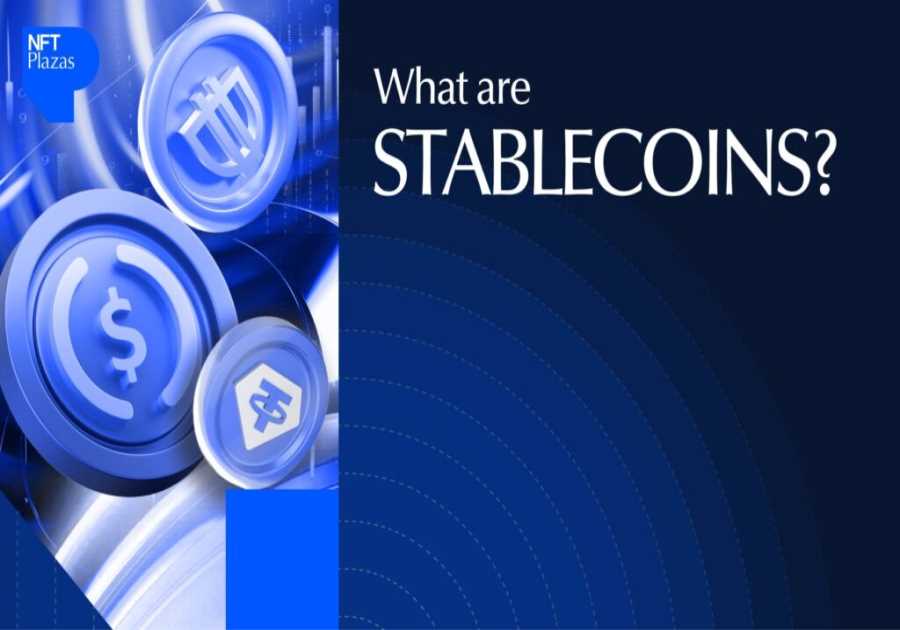Perpetual decentralized exchanges have quietly become one of the hottest corners of crypto. Traders are flocking to them for leverage, transparency, and the chance to move fast without relying on centralized platforms. In 2025, daily volumes on some of these protocols are hitting numbers that rival the biggest CEXs — yet not all growth is created equal. Behind the eye-catching figures, each project tells a different story when you look at its total value locked, open interest, and how it handles fees.
This article takes a closer look at the top five perpetual DEXs shaping the market right now — Aster, Lighter, Hyperliquid, Jupiter, and Avantis — breaking down what the data really says about their strength and staying power.
Aster
Aster is without a doubt the name everyone is talking about right now. In just the past 24 hours, it pushed through $66 billion in perpetual trading volume, adding up to $331 billion over the week and $356 billion over the past month, according to DefiLlama. That’s nearly three-quarters of all perp DEX activity in a single day — an almost surreal level of dominance.
Source: DefiLlama
But raw volume doesn’t tell the whole story. When you look at how much capital is actually locked inside the protocol, the picture changes. Aster’s total protocol TVL is $2.2 billion, which sounds strong, yet the perp side alone has only $34.26 million locked across BSC, Ethereum, and Solana. In other words, it’s generating volumes thousands of times larger than the collateral it holds — a sign of extreme capital turnover, high leverage, and likely heavy incentives.
Source: DefiLlama
At the same time, Aster isn’t just smoke and mirrors. Daily fees have climbed above $25 million, putting it at the very top of the entire DeFi landscape. That’s a strong sign that a good chunk of this trading activity is real.
Tokenomics:
- Token: ASTER (launched September 2025).
- Utility: powers both perps and spot trading, plus features like MEV-aware execution.
- Vesting: milestone-based unlocks designed to stagger supply.
ASTER for long term growth
Hyperliquid
Hyperliquid has been around long enough to build a reputation for reliability. It processed $7 billion in perp volume in the last 24 hours, with $72 billion over 7 days and $280 billion in 30 days. That puts it at about 5% of the market, well behind Aster but still comfortably among the leaders.
Source: DefiLlama
What sets Hyperliquid apart is depth. Its open interest is roughly $12.93 billion, showing traders are willing to keep serious positions open. And unlike Aster, it has the collateral base to back it up: TVL sits around $2.7 billion, one of the largest in the industry. That makes its liquidity feel sturdier and less reliant on short-term incentives.
For more: Hyperliquid Deep Dive: Understand HYPE and HLP Model
Source: DefiLlama
The platform runs entirely on Hyperliquid L1, a custom-built chain that powers its on-chain order book. Instead of handing fees straight to token holders, nearly all trading fees flow into a fund that buys back its native token, HYPE.
Hyperliquid reached new all-time highs with $29B in 24h volume and $7.7M in 24h fees. pic.twitter.com/uTs0JE5ch8
— Hyperliquid (@HyperliquidX) August 15, 2025
Tokenomics:
- Token: HYPE.
- Mechanism: 99% of trading fees go into an Assistance Fund that buys back HYPE.
- Ecosystem: supports both perp and spot markets.

Lighter
Lighter has taken the second spot with $8 billion in daily perp volume, alongside $64 billion over the week and $161 billion for the month. The project is building something quite different: a zk-rollup order book on Ethereum that lets anyone verify matches and liquidations on-chain. It’s more about trustless infrastructure than splashy campaigns.
Source: DefiLlama
That philosophy shows up in its numbers. Lighter’s TVL is still relatively small compared to its trading figures, meaning the same pool of capital is being recycled over and over. While that can raise eyebrows, the rollup design does at least guarantee that trades are legitimate.
Source: DefiLlama
Tokenomics:
- Token: not yet released.
- Incentives: points-based system in place, with airdrop expectations running high.
- Tech focus: zk-rollup with verifiable matching and liquidation logic.
Jupiter
Jupiter made its name as Solana’s go-to swap aggregator, but in 2025 it’s become a serious player in perpetuals too. On some days it processes over $1 billion in daily perp volume, according to DefiLlama, which places it among the most active Solana-based venues. The advantage Jupiter has over rivals is obvious: it already controls the bulk of liquidity routing on Solana, so plugging in perps was a natural next step.
Source: DefiLlama
TVL numbers are less eye-popping than trading flow, with perp liquidity pools hovering in the tens of millions. That gap suggests Jupiter is leaning heavily on aggregation efficiency rather than deep in-house collateral. Still, open interest has been growing steadily, and because it sits at the center of the Solana ecosystem, Jupiter has a stickiness that newer standalone perp DEXs can’t easily replicate.
Tokenomics:
- Token: JUP.
- Utility: used for governance and incentive programs across Jupiter’s aggregator and perpetual markets.
- Distribution: community airdrops already live, with ongoing incentive emissions.
Avantis
Avantis is a newer entrant but one that’s making waves quickly. Built on Arbitrum, it positions itself as a derivatives hub offering perpetual futures, options, and structured products. Daily perp volumes recently climbed into the hundreds of millions of dollars, putting it just outside the top five by trading activity.
Source: DefiLlama
What stands out about Avantis is its capital model. TVL has grown past $50 million, modest compared to giants like Aster or Hyperliquid, but the protocol shares real yield from trading fees back to stakers. That’s helped attract sticky liquidity and given it an edge in a market where many platforms burn through incentives without long-term alignment.
The project has been transparent about publishing open interest and fee dashboards, making it easier to gauge how sustainable growth actually is. While Avantis is still small in absolute terms, its design suggests it’s more focused on building a healthy base than chasing headline volumes.
Tokenomics:
- Token: AVT.
- Utility: staking earns a share of protocol fees (“real yield”).
- Incentives: emissions program live on Arbitrum to bootstrap liquidity.
For more: Avantis Will Be Listed on Binance HODLer Airdrops!
Conclusion
On the surface, Aster looks unstoppable with three-quarters of all daily perp volume. But when you layer in TVL, the story isn’t as straightforward. Aster’s perp side has very little collateral compared to its trading flow, suggesting incentives and leverage are doing a lot of the heavy lifting. Hyperliquid, by contrast, has billions locked in and nearly $13 billion in open positions, giving it a sturdier base. Lighter is betting on speed and verifiability, though they’re still working with relatively small pools of capital.
The post Best Perpetual DEX To Watch In 2025 appeared first on NFT Evening.
Read MoreBy: Liam Miller
Title: Best Perpetual DEX To Watch In 2025
Sourced From: nftevening.com/best-perpetual-dex/?utm_source=rss&utm_medium=rss&utm_campaign=best-perpetual-dex
Published Date: Tue, 30 Sep 2025 11:07:04 +0000
----------------------------
.png)





